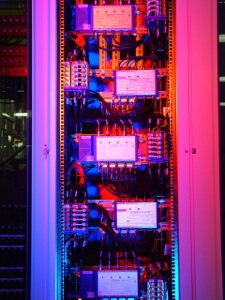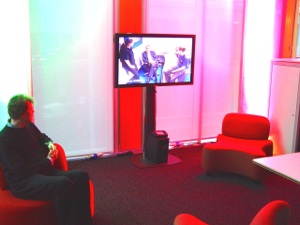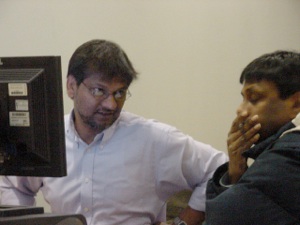COTFAX
Conference & Office Technical Facilities
Aka Monitor Maintenance,
Monitor & Office Facilities

COTFAX
Conference & Office Technical Facilities
Aka Monitor Maintenance,
Monitor & Office Facilities
Corrections
If you have any complaints or suggestions or if any links stop working please let me know.
FORMATION
SIGNIFICANT EVENTS & STAFF
1950‘s

Such was the large number required in the studios and to keep costs down of course there was a large range of types of monitors used to carry out a variety of jobs from Grade 1 picture perfect devices to small, low resolution monitors that merely needed display the rough movement of what was being shown. Monitors were also provided in a few public areas and the offices of certain managers and so a switchable selector system was installed fed from the Central Apparatus Room.
1968 Onwards
The introduction colour and the raising of line resolution from 405 to 625 lines in the UK not only required significant investment in cameras but also in monitors. Some of these were significantly expensive because they were required to display minute faults in the cameras both in the registration of their scans and in their colourimetry. The Engineers constantly wrestled with the early cameras to combat significant drift over a period of just a few hours (and actually their orientation, whilst being moved around on set, due to pull by the earth’s magnetic field). Others only needed to be good enough for artistic assessments to be made.
Television was becoming popular and an extra TV channel was launched; the number of transmission hours also increased. This meant that the TV Centre sausage factory involved far more people in programme making. Of course many of these needed to see and hear what was going on. Managers in certain departments demanded feeds of programme material but the cost of displays and infrastructure would be huge. Seeing TV receiver manufacturers compete to supply reasonable quality TV sets for a reasonable price a solution to the conundrum was clear. It was decided to install a modest internal “ring main” carrying feeds from the studios or off-air TV material. It wasn’t long before this had to be extended. And extended again. This in itself required maintenance and a steady expansion of it’s geography and numbers of channels carried.
1960‘s
Originally formed as Monitor Maintenance in Room 2115 TVC
Keith Sillience
Ron Spedding
1970’s
At some point moved to Room 2050
Jim Neale
1980’s
Bob Hawes
Wynn Britten-Jones
Noel Liyanage
Gareth Foster
Dave Elvin
Matt Goodman
1990’s
At some point moved to East Tower
2000’s
At some point moved to Spur




Disclaimer
Whilst some care has been taken to check externally linked websites no responsibility is offered nor implied for the suitability, legality or reliability of content therein.
